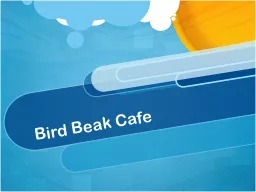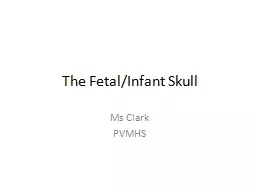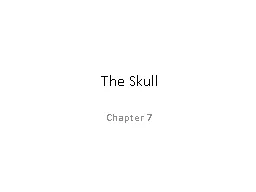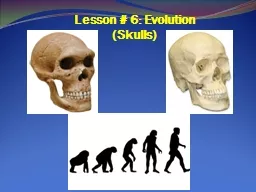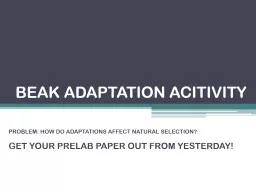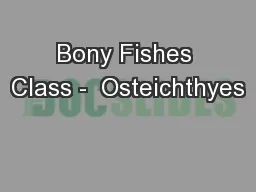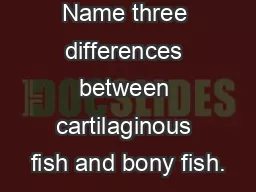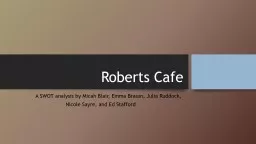PPT-Bird Beak Cafe A bird's beak is basically a lightweight, bony elongation of its skull.
Author : lois-ondreau | Published Date : 2018-09-24
https youtube ZIq8LmVN29U Bird beaks are multifunctional tools Birds use them to weave nests defend their territory attack competitors groom feathers communicate
Presentation Embed Code
Download Presentation
Download Presentation The PPT/PDF document "Bird Beak Cafe A bird's beak is basicall..." is the property of its rightful owner. Permission is granted to download and print the materials on this website for personal, non-commercial use only, and to display it on your personal computer provided you do not modify the materials and that you retain all copyright notices contained in the materials. By downloading content from our website, you accept the terms of this agreement.
Bird Beak Cafe A bird's beak is basically a lightweight, bony elongation of its skull.: Transcript
Download Rules Of Document
"Bird Beak Cafe A bird's beak is basically a lightweight, bony elongation of its skull."The content belongs to its owner. You may download and print it for personal use, without modification, and keep all copyright notices. By downloading, you agree to these terms.
Related Documents

